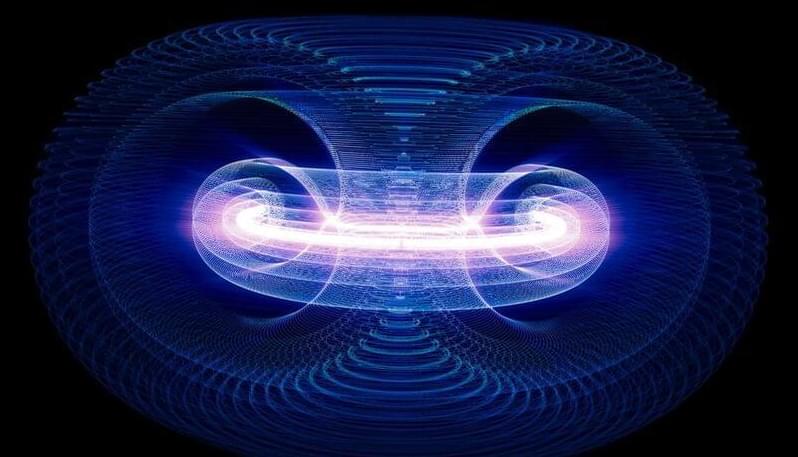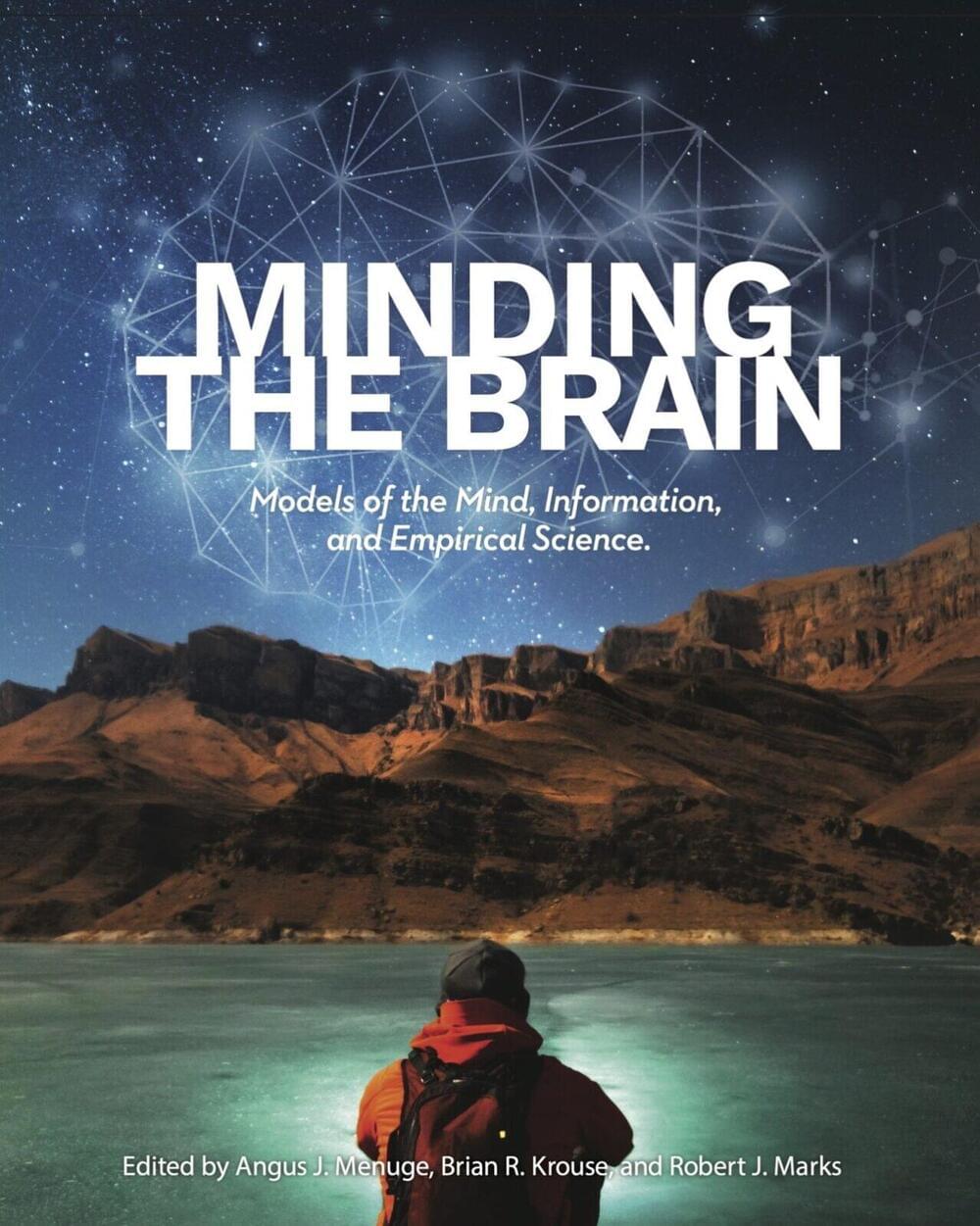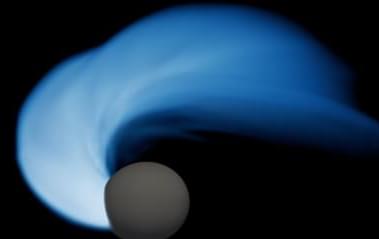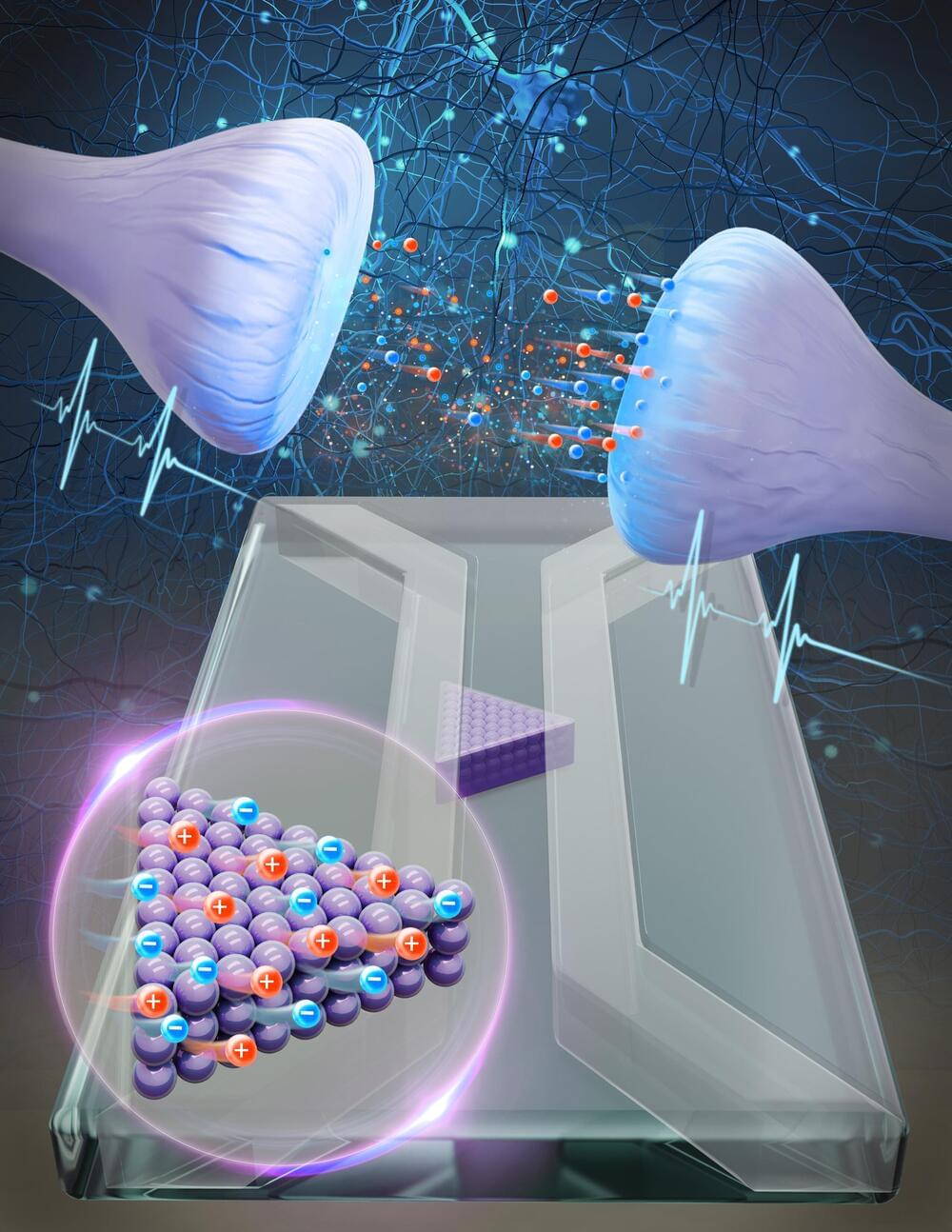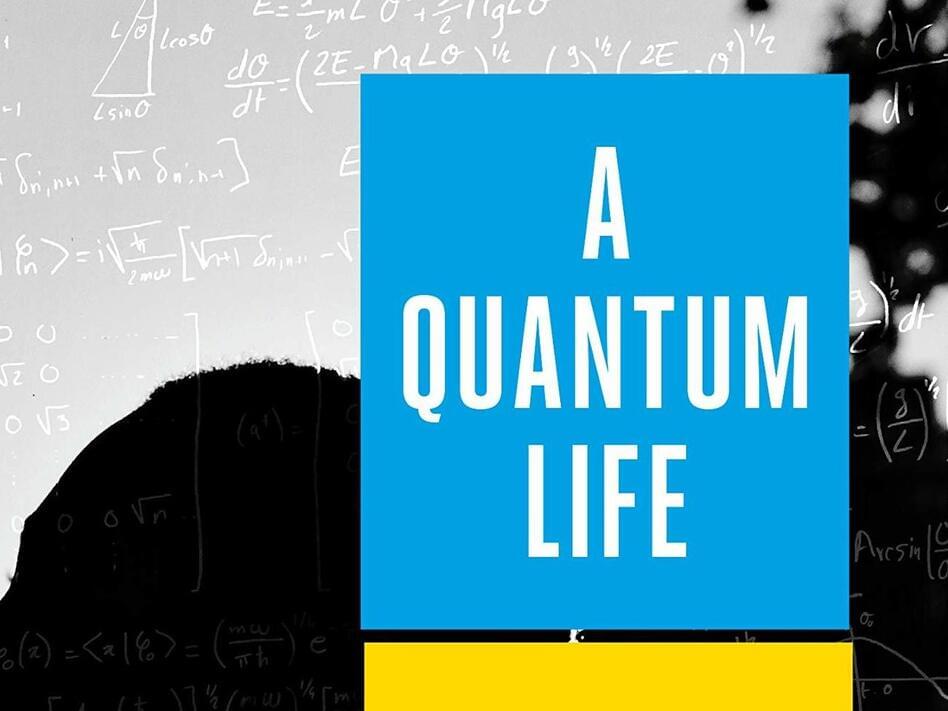
I believe that utopian societies need to help all people.
Hakeem Oluseyi was born as James Plummer Jr. The book opens the night his parents split up (a bright, proud and decidedly urban mother and handsome, capable and “country” father). For the next few years, Oluseyi’s mom moves him and his sister to different cities and different Black neighborhoods. As Oluseyi grows older, he simultaneously becomes aware of the inherent racism of the social world around him and his own inherent, interior focus on the natural world. The first section of the book details the challenges he faces in communities that are both rich in relationship and struggling with inequality. At the same time, he faces his own struggle as his mother deals with mental illness and his father takes him into the entirely new universe of rural life in Piney Woods Mississippi.
All through these changes, Oluseyi becomes progressively aware of his own questions about the universe and his strange (to everyone else) capacities as a questioner. As a shy kid trying to steer clear of bullies, he counts things relentlessly and, in his counting, begins to find order and pattern in the world. He begins a life of experimentation, much to his mother’s chagrin, pressing burning incense cones into the shower curtain to see how long they take to make a hole. And, on a glorious night out in the country, he catches a glimpse of the dark night sky awash in stars. By his teen years, the fire of inquiry was burning hard in the young man.
Continue reading “From Poverty To Stanford, Memoir Tells A Physicist’s Remarkable Tale” »
